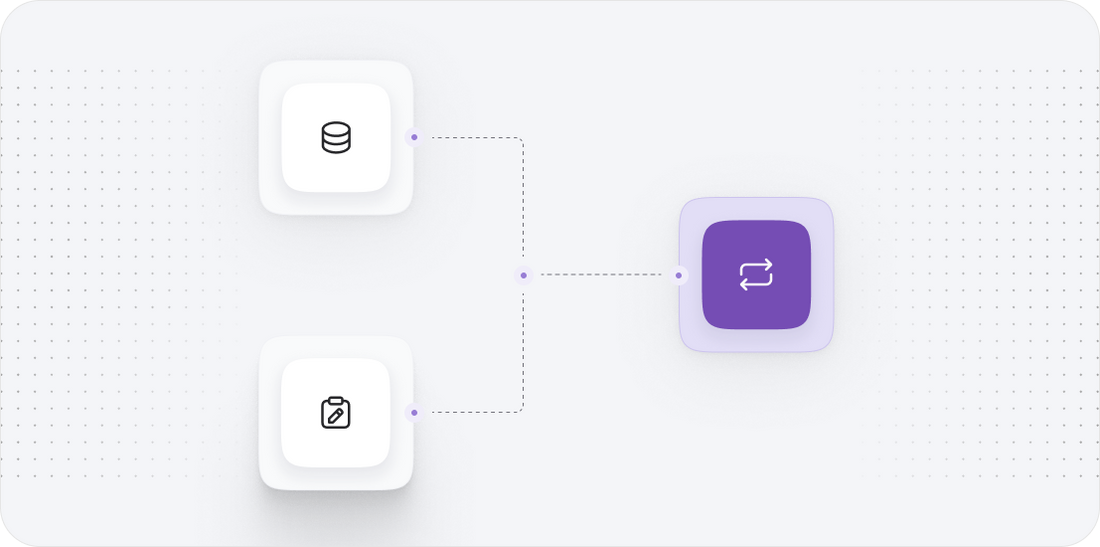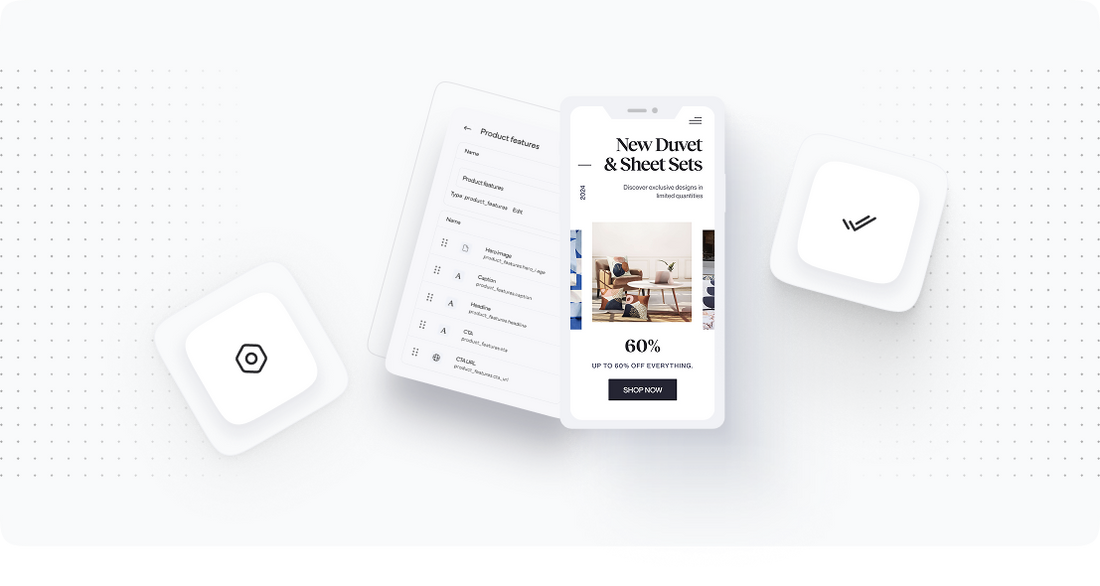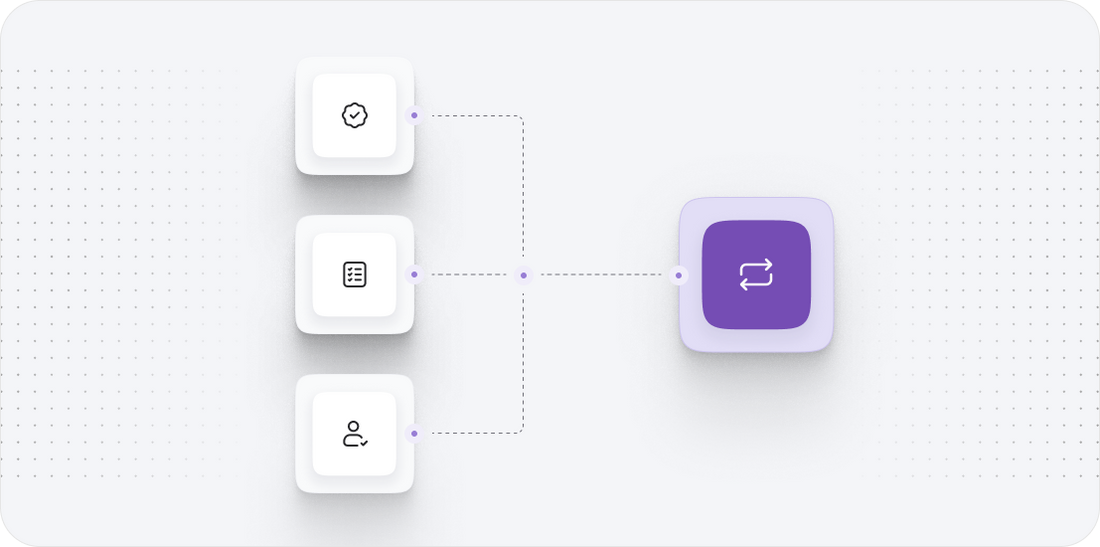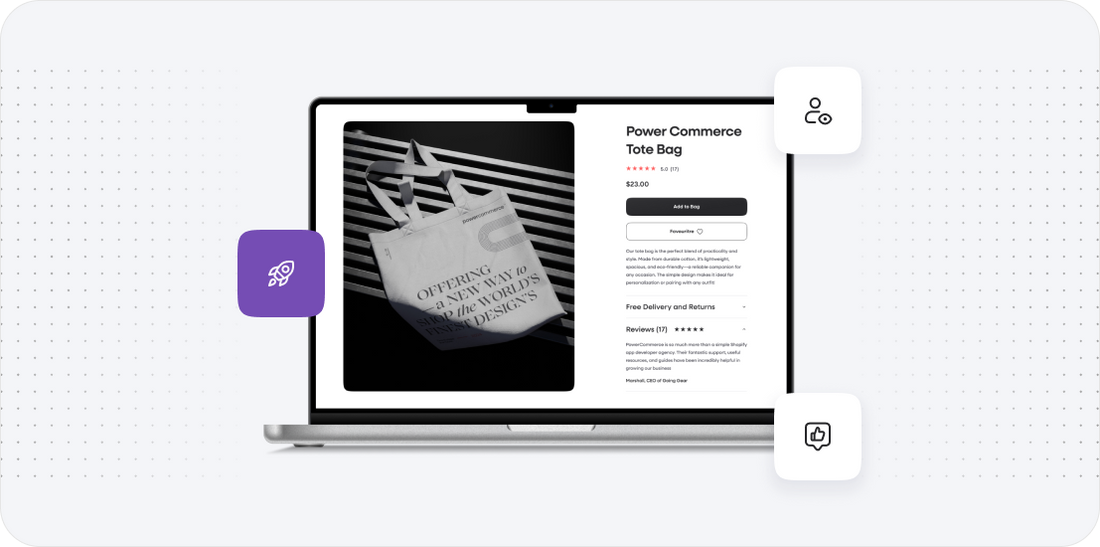





Openmage to Shopify
Migrating your store from Openmage to Shopify might seem daunting, but with proper planning and the right tools, it's a smooth process. Follow this step-by-step guide to ensure a successful transition.
Schedule a call
Step-by-Step Migration Guide: OpenMage to Shopify Migration Guide
Step 1: Preparing Your OpenMage Store for Migration
In this step, we will gather essential data from your OpenMage store and ensure all necessary backups are in place to facilitate a smooth migration.
Step 2: Setting Up Your Shopify Store
This step focuses on creating your new Shopify store and configuring the basic settings required for successful operation.
Step 3: Data Migration Using CSV Files
In this step, we will facilitate the migration of product, customer, and order data from OpenMage to Shopify using CSV import functionality.
Step 4: Configuring Store Settings in Shopify
This step covers the essential store settings configuration in Shopify, including shipping, taxes, and payment options.
Step 5: Testing Your Shopify Store
In this step, we will conduct thorough testing of your Shopify store to ensure all functionalities are operational before launch.
Step 6: Launching Your Shopify Store
This step focuses on the final preparations and the actual launch of your Shopify store to the public.
Step 7: Post-Launch Optimization and Maintenance
In this step, we will discuss the ongoing optimization and maintenance needed to ensure your Shopify store continues to perform well.
Power Your Step - Get in Touch
Contact PowerCommerce today for expert assistance with your eCommerce migration and optimization needs.
Step 1: Preparing Your OpenMage Store for Migration
The initial phase of migrating from OpenMage to Shopify involves thorough preparation. This step is crucial to ensure that all necessary data is preserved and that the migration process goes smoothly. The primary objectives here are to back up your existing data, identify essential components for migration, and set the stage for a seamless transition.
We begin by creating a complete backup of your OpenMage store. This includes not only the database but also all product images, customer data, and any custom configurations you may have made. Having this backup is essential, as it allows us to revert to the original state in the event that any issues arise during the migration process.
- Backup Your Database: Use tools like phpMyAdmin or command line to export your OpenMage database. This is critical as it contains all your product, customer, and order data.
- Export Product Images: Locate the media files folder in your OpenMage installation and create a copy of this folder to ensure all images are retained.
- Document Store Settings: Take note of any specific settings or plugins that are currently in use, as these will need to be replicated or replaced in Shopify.
After completing the backup, we will review the existing data structure to identify how best to map it to Shopify’s format. Shopify has specific requirements for product information, customer details, and order histories, which may differ from OpenMage. Ensuring that we have a clear understanding of these differences will help prevent data loss and functional issues post-migration.

Step 2: Setting Up Your Shopify Store
Once your OpenMage data has been backed up, the next step involves setting up your new Shopify store. This process includes selecting a suitable plan, customizing the store design, and configuring essential settings to prepare for data import.
To begin, navigate to the Shopify website and sign up for an account. Depending on your business needs, select a plan that fits your operational scale. Shopify offers different pricing tiers based on features and support levels, so choose one that aligns with your anticipated growth and budget.
- Choose a Theme: Shopify has a variety of free and paid themes. Select a theme that resonates with your brand and customize it to match your existing store aesthetics.
- Configure Basic Settings: Set up your store’s name, address, and currency preferences in the Shopify admin panel. These settings will be crucial for your customers during checkout.
- Set Up Payment Gateways: Shopify supports multiple payment options including credit cards, PayPal, and others. Configure your preferred payment methods to ensure a seamless transaction process for your customers.
After these initial settings are complete, it’s important to test your Shopify store to ensure everything is functioning properly. This includes checking navigation, product display, and payment processing to ensure that your customers will have a smooth experience once the migration is complete.

Step 3: Data Migration Using CSV Files
With your Shopify store set up, we can now move on to the actual data migration. Shopify provides an efficient way to import data through CSV files. This step will focus on exporting data from OpenMage and formatting it correctly for Shopify.
First, we will export the necessary data from OpenMage. This typically includes products, customers, and orders. Use the following steps:
- Export Products: In OpenMage, you can export product data by navigating to the product management section and selecting the export option. Ensure the export file includes essential fields such as product name, SKU, price, description, and inventory levels.
- Export Customers: Similarly, navigate to the customer section and export customer details. Include fields like customer name, email, address, and order history if available.
- Export Orders: Finally, export order data to retain customer purchase history. This is important for providing continuity to your customers and maintaining records.
Once you have your export files, the next step is to format them according to Shopify’s requirements. Shopify provides a CSV template that must be followed for a successful import. Make sure to slot your OpenMage data into this template, ensuring that all necessary fields are correctly matched.
After formatting your CSV files, you can import them into Shopify:
- Import Products: In your Shopify admin, navigate to Products > Import. Upload your formatted product CSV file and follow the prompts to complete the import.
- Import Customers: Similarly, navigate to Customers > Import to upload the customer CSV file.
- Import Orders: Order import can also be done through the Orders section in Shopify admin.
After the import process, it’s essential to verify the data integrity. Check that all products, customers, and orders have been correctly imported and that there are no discrepancies.

Step 4: Configuring Store Settings in Shopify
Once the data migration is complete, the next phase involves configuring various store settings in Shopify to ensure smooth operations. This step is critical as it will determine how your Shopify store interacts with customers and processes transactions.
We will focus on the following areas:
- Shipping Settings: Navigate to Settings > Shipping and Delivery in your Shopify admin. Here, you can set shipping rates, define shipping zones, and select which carriers to use. Ensure that your shipping settings align with what you offered in OpenMage to maintain customer satisfaction.
- Tax Settings: Shopify allows you to manage tax settings based on location. Go to Settings > Taxes to configure tax rates and exemptions based on your business location and the shipping destinations you serve. This ensures compliance with local tax regulations.
- Payment Settings: Review your payment settings in Settings > Payments. Ensure that you have enabled the payment gateways you intend to use and that they are functioning properly. This includes setting up credit card processing, PayPal, and any other payment options.
After configuring these settings, it’s important to run test transactions to verify that the payment processing and checkout processes work as intended. This will help catch any potential issues before your store goes live.

Step 5: Testing Your Shopify Store
Before officially launching your Shopify store, it is vital to conduct extensive testing to ensure that all functionalities are working as expected. This phase allows you to identify and resolve any issues that could affect customer experience.
Testing should include the following key areas:
- Product Display: Verify that all products are displayed correctly, including images, descriptions, and prices. Ensure that product variants (if any) are functioning properly.
- Checkout Process: Conduct test orders to ensure that the checkout process is smooth. This includes verifying that the shopping cart functions correctly and that customers can complete their purchases without issues.
- Payment Processing: Test all payment options you have configured. Ensure that transactions go through successfully, and that customers receive confirmation emails after their purchases.
- Shipping and Tax Calculations: Confirm that shipping rates and taxes are calculated correctly during the checkout process.
Additionally, have a few team members conduct user testing to gather feedback on the store’s usability and design. This will provide fresh insights and help enhance the overall shopping experience.

Step 6: Launching Your Shopify Store
With all testing completed and any necessary adjustments made, you are now ready to launch your Shopify store. This final step is crucial as it marks the transition from OpenMage to Shopify, making your store accessible to customers.
Before going live, ensure that you complete the following tasks:
- Set Domain Name: If you have a custom domain, connect it to your Shopify store. This can be done in the Domains section of your Shopify admin. Ensure that your domain is correctly configured to point to your Shopify store.
- Review All Settings: Conduct a final review of all store settings, including payment gateways, shipping rates, and tax configurations. Ensure everything is set as you want it for your customers.
- Announce Your Launch: Plan a marketing strategy to announce the launch of your new store. Utilize email marketing, social media, and any other channels to inform your existing customers and attract new ones.
After everything is set, you can officially launch your store. Monitor the store closely after launch to address any immediate issues that may arise and ensure a smooth experience for your customers.

Step 7: Post-Launch Optimization and Maintenance
After launching your Shopify store, the journey does not end. Continuous optimization and maintenance are essential to ensure that your store remains competitive and continues to meet customer needs.
Here are some key areas to focus on:
- Monitor Performance: Utilize Shopify’s built-in analytics tools to monitor your store’s performance. Keep an eye on sales trends, customer behavior, and site traffic to identify areas for improvement.
- SEO Optimization: Implement ongoing SEO strategies to enhance your store’s visibility on search engines. This includes optimizing product pages, using relevant keywords, and maintaining a blog if applicable.
- Update Content Regularly: Regularly update your product offerings, promotional content, and any store announcements. Fresh content keeps customers engaged and encourages repeat visits.
- Customer Engagement: Foster customer loyalty through email newsletters, loyalty programs, and personalized marketing. Engaging your customers will help retain them and encourage repeat purchases.
Additionally, ensure that you keep your store updated with the latest Shopify features and improvements, as these can enhance performance and provide new functionalities.

Power Your Step - Get in Touch
At PowerCommerce, we understand that migrating your store can be a daunting process. Our experienced team is here to support you every step of the way, ensuring that your transition from OpenMage to Shopify is seamless and efficient.
Ready to take the next step? Here’s how you can get in touch with us:
- Visit our contact page and fill out the form.
- Call us directly at 800-099-9090 for immediate assistance.
- Email us at info@powercommerce.com with your questions or to schedule a consultation.
Let us help you power your eCommerce growth with our expert migration support and tailored solutions.
Stay aligned on what's happening in the commerce world
Trusted by 1000+ innovative companies worldwide
Schedule Your Migration Today
For businesses prioritizing simplicity, scalability, and robust support, Shopify is the clear winner.
Looking to migrate without hassle? Power Commerce can handle the entire process, ensuring smooth data transfer, store setup, and post-launch success.
Marka Marulića 2, Sarajevo, 71000 BiH
00387 60 345 5801
info@powercommerce.com


